Theoretical Foundations of Competitiveness in SMEs of the Steel-Automotive Sector in Northeastern Mexico
Resumen
This article presents a theoretical review of the factors that influence the competitiveness of small and medium-sized enterprises (SMEs) in the steel-automotive sector in Northeastern Mexico. Based on a rigorous analysis of academic literature and national and international empirical studies, twelve key variables affecting the level of SME competitiveness are identified. These factors include: degree of technological innovation, productivity, energy efficiency, business profitability, level of Industry 4.0 adoption, strategic alliances, supply chain, employee training, globalization, innovation capacity, market orientation, and quality. The main objective is to establish a robust theoretical framework that explains how these variables interact and shape competitiveness in a global, dynamic, and highly demanding environment such as the steel industry linked to the automotive sector. Findings from previous research are integrated to support the relevance of each construct, enabling the design of a measurement instrument to assess the level of business competitiveness. This work aims to contribute to the development of a theoretical foundation for understanding the impact of competitiveness on industrial SMEs, and to offer a basis for the design of strategies that enhance their performance in both national and international markets.
Descargas
Citas
Al Rodhan, N. R. F., & Stoudmann, G. (2006). Definiciones de la globalización: una visión general exhaustiva y una propuesta de definición. Centro de Ginebra para la Política de Seguridad.
Ansoff, H. (1976). La estrategia de la empresa. Pamplona: McGraw-Hill.
Aragón Sánchez, A. & Rubio Bañón, A. (2005). Factores explicativos del éxito competitivo: el caso de las pymes en el estado de Veracruz. Revista de Contabilidad y Administración, 35–69.
Arvis, J.-F., Rastogi, C., Rodrigue, J.-P., & Ulybina, D. (2021). Un índice de disrupción global en la cadena de suministro marítima: el índice de estrés de la cadena de suministro global (Documento de trabajo n.° 10839). Banco Mundial.
Ballou, R. H. (2004). Logística empresarial / gestión de la cadena de suministro: planificación, organización y control de la cadena de suministro (5.ª ed.). Pearson/Prentice Hall.
Baumert, T., & Heijs, J. (2002). Los determinantes de la capacidad innovadora regional: una aproximación econométrica. Economía Industrial, (347), 67–84.
Cámara de Diputados del H. Congreso de la Unión, Secretaría General. (2021). Ley para el desarrollo de la competitividad de la micro, pequeña y mediana empresa. http://www.diputados.gob.mx/LeyesBiblio/pdf/247_130819.pdf
Cámara Nacional del Acero (CANACERO). (2022). Radiografía de la industria del acero en México. https://www.canacero.org.mx/
Contreras Salluca, N. P., & Díaz Correa, E. D. (2015). Estructura financiera y rentabilidad: origen, teorías y definiciones. Revista de Investigación Valor Contable, 2(1).
Dachs, B., Kinkel, S., & Jäger, A. (2019). Bringing it all back home? Backshoring of manufacturing activities and the adoption of Industry 4.0 technologies. Journal of World Business, 54(6), 101017. https://doi.org/10.1016/j.jwb.2019.101017
Data México. (2021). Artículos de hierro o acero. https://datamexico.org/es/profile/product/articles-of-iron-or-steel
De Castro, G. M., Verde, M. D., Sáez, P. L., & Navas López, J. E. (2010). Innovación tecnológica. Technological Innovation. https://doi.org/10.1057/9780230281462_3
Del Prado, L. (2005). Alianzas estratégicas. Boletín de Lecturas Sociales y Económicas, 13(1), 68–87.
Garcia, R., & Calantone, R. (2002). A critical look at technological innovation typology and innovativeness terminology: A literature review. Journal of Product Innovation Management, 19(2), 110–132. https://doi.org/10.1016/S0737-6782(01)00132-1
Guzmán-Soria, E., de la Garza-Carranza, M. T., Rebollar-Rebollar, S., Hernandez-Martinez, J., & Callejas-Juárez, N. (2019). Producción de acero en México: Un análisis econométrico. Journal of Globalization, Competitiveness and Governability, 13(2), 34–39.
International Energy Agency. (2022). World Energy Outlook 2022. https://www.iea.org/reports/world-energy-outlook-2022
Kotler, P. (1992). Dirección de marketing (7.ª ed.). Madrid: Prentice Hall.
Krajewski, L. J., Ritzman, L. P., & Malhotra, M. K. (2010). Gestión de operaciones: Procesos y cadenas de suministro (9.ª ed.). Pearson.
Kumar, S. (2021). Cambios estructurales y competitividad de la industria del acero en la India: evaluación mediante el crecimiento de la productividad tras las reformas económicas. International Journal of Global Business and Competitiveness, 16(1), 39–59. https://doi.org/10.1007/s42943-021-00024-w
Larrondo Petrie, M. M., Álvarez, H., & Esparragoza, I. E. (Eds.). (2012). Megaproyectos: Construyendo infraestructura mediante colaboración en ingeniería, integración eficaz y planificación innovadora [Actas de la 10th Latin American and Caribbean Conference for Engineering and Technology]. LACCEI Inc.
Marsillac, E., & Roh, J. J. (2014). Connecting product design, process and supply chain decisions to strengthen global supply chain capabilities. International Journal of Production Economics, 147, 317–329.
McClelland, D. C. (1973). Testing for competence rather than for intelligence. American Psychologist, 28(1), 1–14. https://doi.org/10.1037/h0034092
Miao, J., & Wang, N. (2005). Optimal capital structure and industry dynamics. The Journal of Finance, 60(6), 2621–2659.
Mintzberg, H. (1987). The Strategy Concept I: Five Ps for Strategy. California Management Review, Fall.
Moreira, D. A. (1991). Medición de la productividad en la empresa moderna (2.ª ed.). São Paulo: Pioneira.
Neely, A. D. (1999). The performance measurement revolution: Why now and what next? International Journal of Operations & Production Management, 19(2), 205–228. https://doi.org/10.1108/01443579910249102
Ocloo, C. E., Akaba, S., & Worwui-Brown, D. K. (2014). Globalization and competitiveness: Challenges of small and medium enterprises (SMEs) in Accra, Ghana. International Journal of Business and Social Science, 5(4), 287–296.
Park, S. H., Chen, R. R., & Gallagher, S. (2002). Firm resources as moderators of the relationship between market growth and strategic alliances in semiconductor start-ups. Academy of Management Journal, 45(3), 527–545.
Porter, M. E. (1980). Competitive Strategy: Techniques for Analyzing Industries and Competitors. Free Press.
Porter, M. E. (1990). The Competitive Advantage of Nations. Free Press.
Porter, M. E. (1999). Ser competitivos: nuevas aportaciones y conclusiones. Bilbao: Deusto.
Prokopenko, J. (1989). Manual de productividad. Organización Internacional del Trabajo.
Rubio, A., & Aragón, A. (2006). Competitividad y recursos estratégicos en la Pyme. Revista de Empresa, (17), 32–47.
Saavedra García, M. L., Milla Toro, S. O., & Tapia Sánchez, B. (2013). Determinación de la competitividad de la PYME en el nivel micro. FAEDPYME International Review, 2(4), 18–32.
Samuelson, P. A., & Nordhaus, W. D. (2001). Economía. McGraw-Hill Internacional.
Schwab, K. (2018). The Global Competitiveness Report 2018. World Economic Forum.
Shove, E., & Trentmann, F. (Eds.). (2018). Infrastructures in Practice: The Dynamics of Demand in Networked Societies. Routledge.
Sima, V., Gheorghe, I. G., Subić, J., & Nancu, D. (2020). Influences of the Industry 4.0 Revolution on the Human Capital Development and Consumer Behavior: A Systematic Review. Sustainability, 12(10), 4035.
Song Teng, H. S. (2014). Qualitative productivity analysis: does a non-financial measurement model exist? International Journal of Productivity and Performance Management, 63(2), 250–256.
Stickney, C. P., & Weil, R. L. (2002). Contabilidad financiera: Una introducción a conceptos, métodos y usos (10.ª ed.). South Western College Publishing.
Valdez de la Rosa, L. M., Villarreal Villarreal, L. A., & Alarcón Martínez, G. (2021). Calidad e innovación como impulsores de la competitividad en la manufactura de autopartes. The TQM Journal, 33(5), 966–986.
Vögele, S., Grajewski, M., Govorukha, K., & Rübbelke, D. (2020). Challenges for the European steel industry: Analysis, possible consequences and impacts on sustainable development. Applied Energy, 264.
World Economic Forum. (2021). World Economic Forum. https://es.weforum.org/
Derechos de autor 2025 Arlethe Yarí Aguilar Villarreal , Jesús Fabián López Pérez

Esta obra está bajo licencia internacional Creative Commons Reconocimiento 4.0.

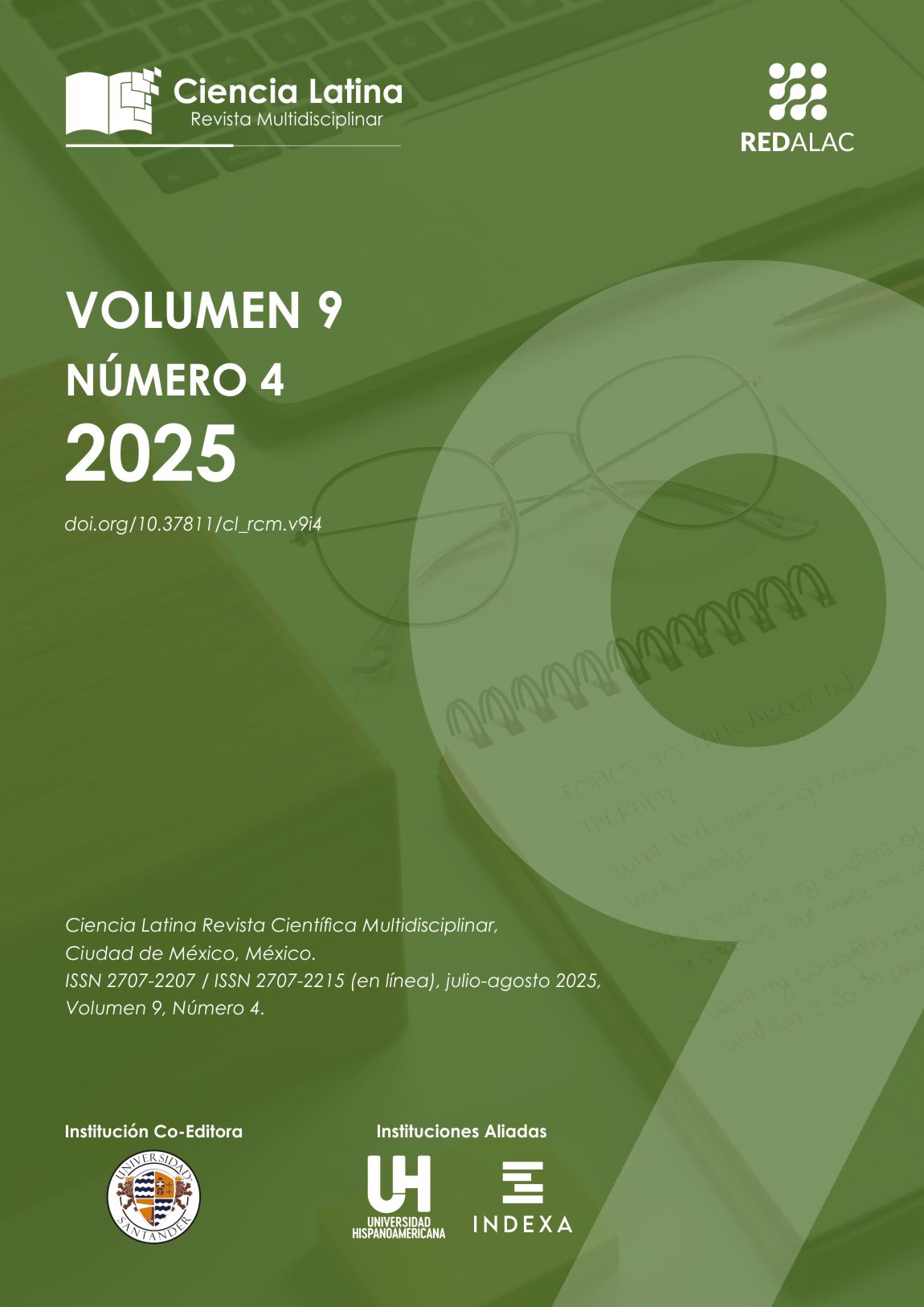








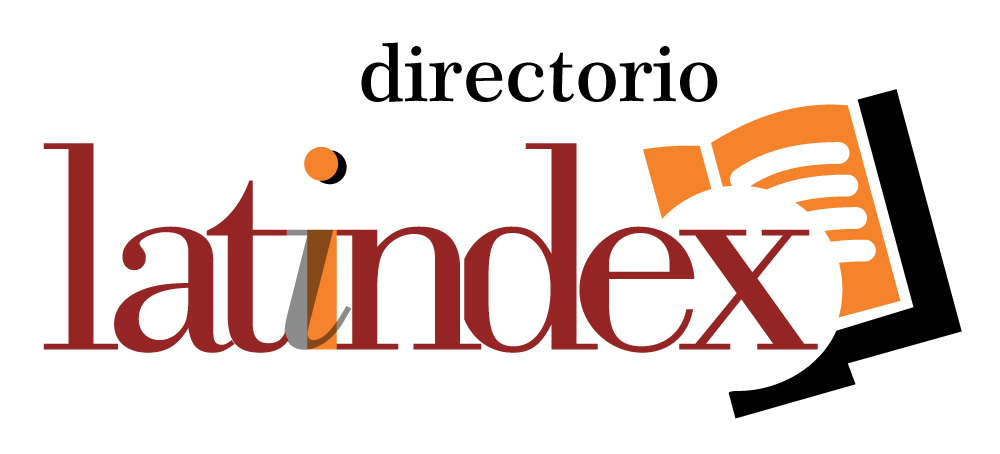
.png)
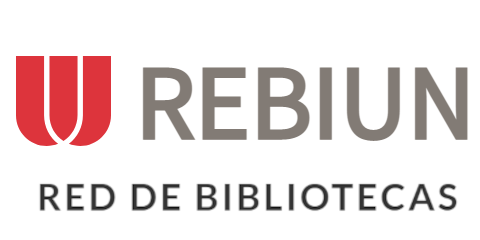







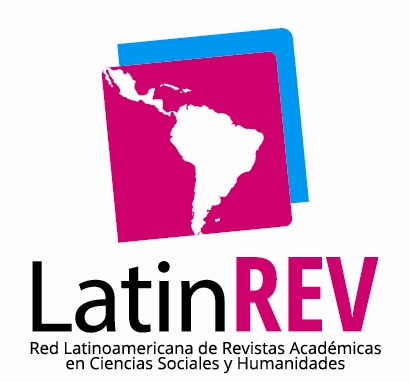

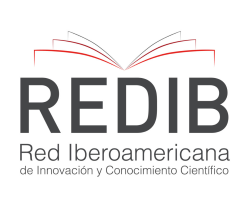


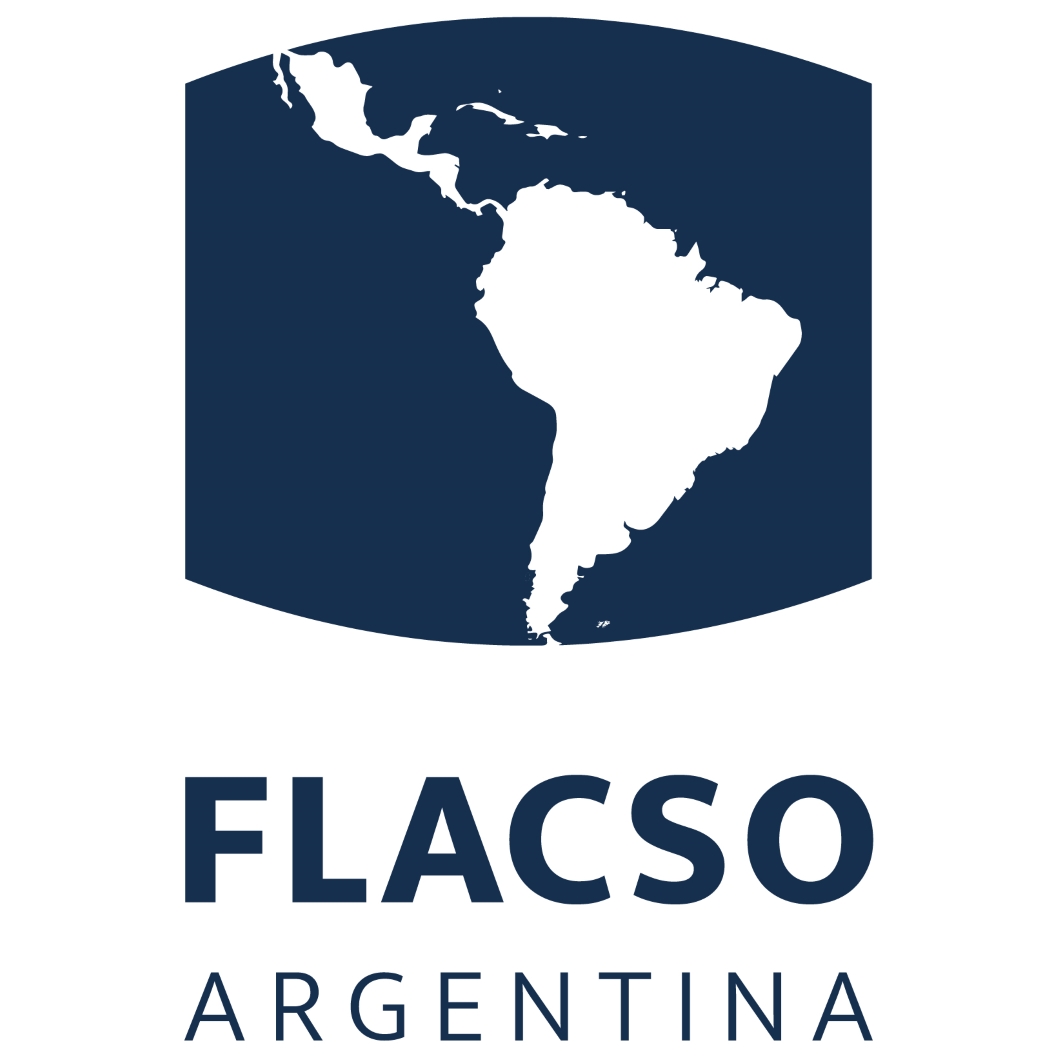

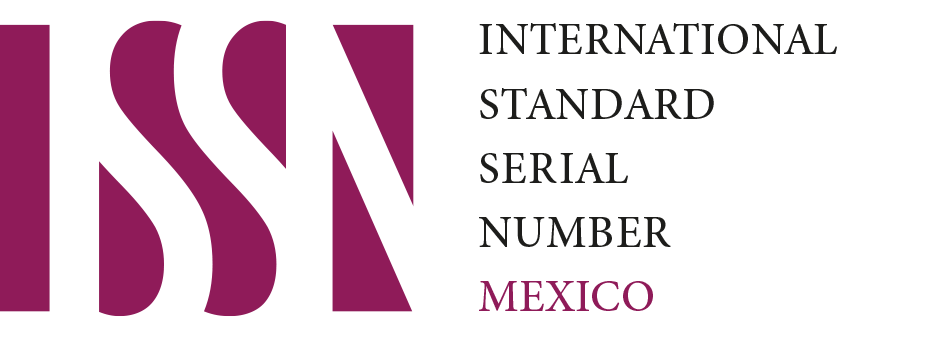
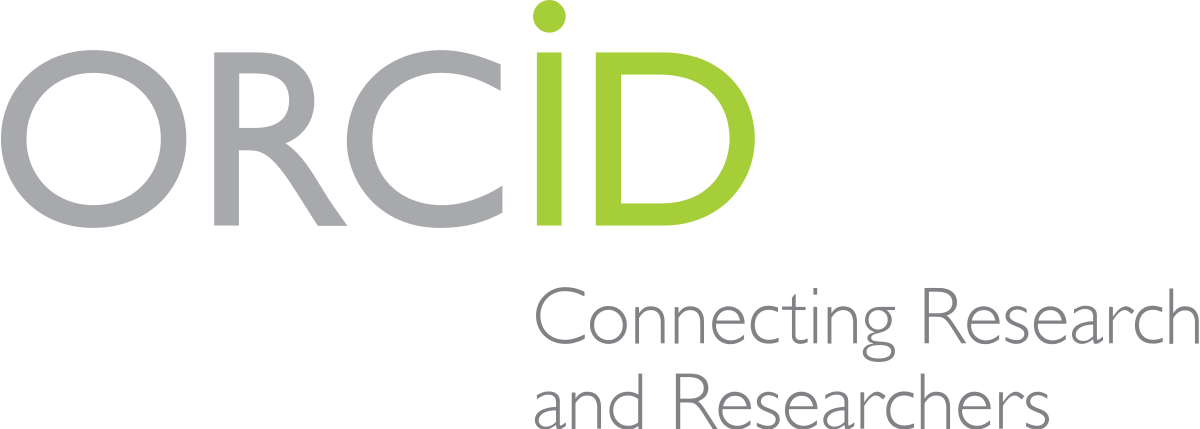



.png)
1.png)


